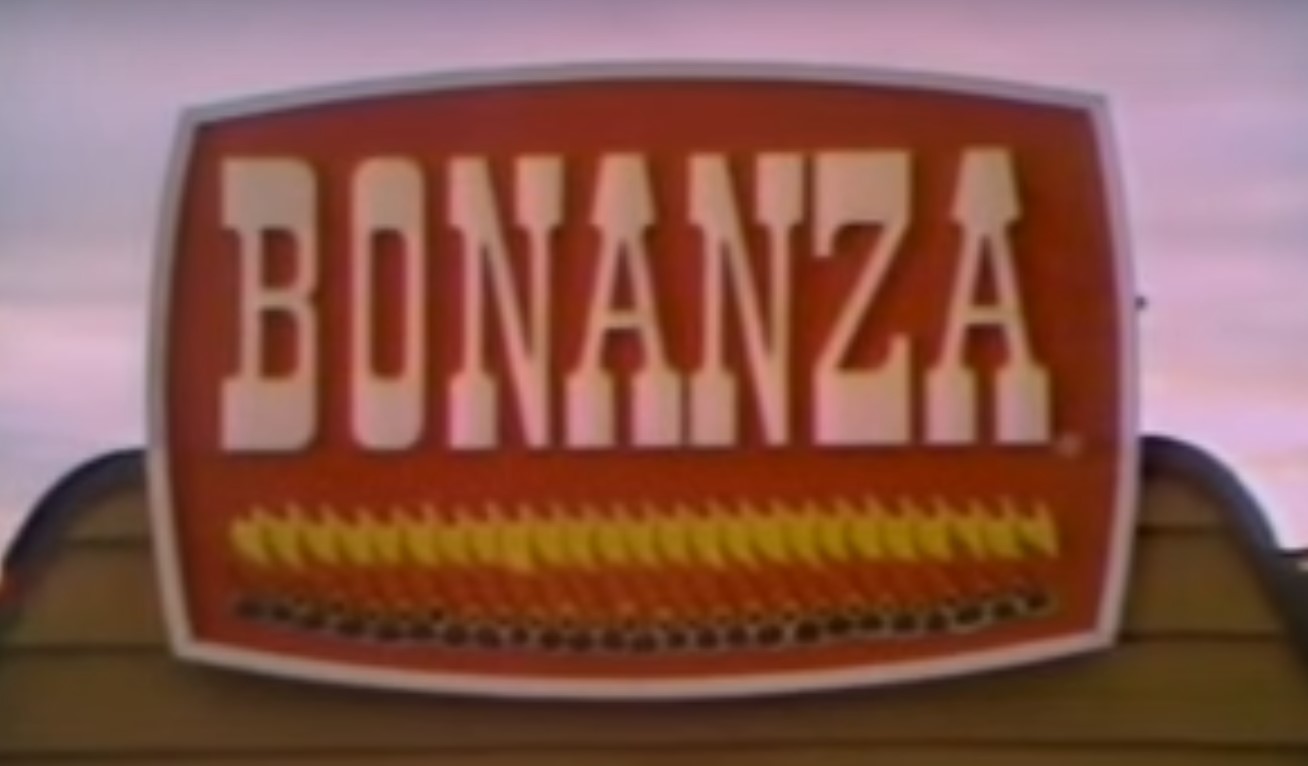The recent edition of Public Utilities Fortnightly features an article that showers virtues of subscribed energy – an all-you-can-eat energy bonanza. There is a reason I’ve grown to crinkle my nose at buffets!
Consumers subscribe to Amazon, Netflix, SiriusXM, and per the article, even Lyft is offering a new subscription service for all the rides you want in a month. In the1990s, one token would allow me to ride the New York subway all day – forever actually. Now there is a subscription for you – all the toe fungus, gout, and hair implant remedy ads you can stand for 75 cents.
Maybe the most famous transition to subscription services was data over cellular networks. People got tired, or lazy, of keeping an eye on their data to control cost, and they got tired of their kids racking up massive charges. Solution: $90 flat subscriptions for all-you-can-eat data[1].
What if we applied the same model to residential consumers of electricity?
Electricity v Data
First, there is that Moore’s Law thing. Simply put, Moore’s law says the speed of computation doubles every two years. Really? A guy gets his name forever stamped in the annals of the Smithsonian for making a simple observation like this? What a con.
Data Transmission Acceleration
Ok, mobile data transmission doesn’t keep pace with Moore’s Law, but look at any mobile data traffic trend, and you will find exponential growth. See nearby.
The U.S. market is nearly saturated with smartphones, so it isn’t smartphone growth driving the data traffic growth. It’s smartphone use. Are data subscription prices rising at anything near this rate? No.
Here is what happened in the transition to fixed smartphone data contracts:
- Customers got frustrated with data charges and didn’t want to deal with convincing their teenagers to limit their data usage. That is like stopping water from running downhill.
- Cellular providers thought, ok, we can provide unlimited data to everyone for just a little more than the fixed cost plus usage charge.
- Customers were happy.
- Cellular providers were happy.
Why were cellular providers happy? Because soon, they would be able to reduce their data handling costs faster than traffic increased. I.e., the new charges covered their costs and then some.
Stubborn Physics
I’ve said it before, and I’ll say it again: electricity flows at 60 Hz at precise voltages throughout the grid over copper and aluminum lines with near-zero tolerance for fluctuations of available power. There are NO opportunities for fiber or engineering packet optimization, compression, backhauls, meshes, beam-forming, and so forth, for electricity[2]. Therefore, comparatively, nothing can be done to reduce electricity delivery cost as was accomplished with data delivery cost.
Second, policy constructs provide almost no incentive whatsoever to utilities to minimize cost. This is the tradeoff made when providing one company rights to 100% of a market. Utilities have to serve everyone, and they can only get what they can convince regulators it costs to deliver to everyone, plus a necessary weighted cost of capital (profit) for investor owners.
Third, even generators in deregulated markets are governed by firm caps of physics, whether it is the strength of carbon steel, temperature of the river, strength of bridges, length of rail cars and over-the-road trucks, and economics. Trust me; these factors all limit power plant efficiency.
Subscription Rollout
Bad Option #1
So a utility has very stubborn physics, and they must serve everyone. They pick a fixed subscription cost to serve a customer and send them the offer to subscribe. The customer looks at the offer, and they look at their bills. The offer is either higher or lower than what they are paying. Presumably, the bill would be the mean of the millions of residential bills sent each month. Those who would pay less (the heavy users) take the offer. Those who would not, do not. How do you make up the difference to achieve the revenue requirement across all consumers?
Bad Option #2
Or suppose you flip everyone to a subscription. In this case, more than half the consumers will pay more because the mean is higher than the median. Those customers are going to be flaming hot because they are subsidizing the 4,000 square foot McMansions in the gated, cloistered community.
Destinations for Failure
The article suggests consumers would also like subscriptions because it shifts energy-cost risk from the customer to the utility. Utilities would manage this risk with efficiency and demand response.
First, suppose the owners of the 4,000 square foot McMansions cover their Jacuzzi when it’s not in use. Once their utility bill falls by 60% on a subscription service, they will cease covering the Jacuzzi and light up the place until it is visible from the international space station. Woohoo! Talk about rebound!
Second, after starting with a 40% deficit because the McMansion used 40% more than the mean, and after starting with an additional 40% deficit because “who cares” as described in the previous paragraph, the utility is going to reduce the cost of serving this customer by 45%? (an exercise in math for the reader) Good luck with that. The customer went on this rate because they want control, and that control is “on.” McMansion owner response: Take the clipboard and drive that EV back to the office because we’re not playing your conservation game!
Here ends a baker’s dozen reasons a subscription for electricity isn’t going to work.
[1] Note: I don’t know what it costs, and I will not look because AT&T and Verizon ads will follow me for the next umpteen months.
[2] I had to look these terms up because I know next to nothing about data transmission.

